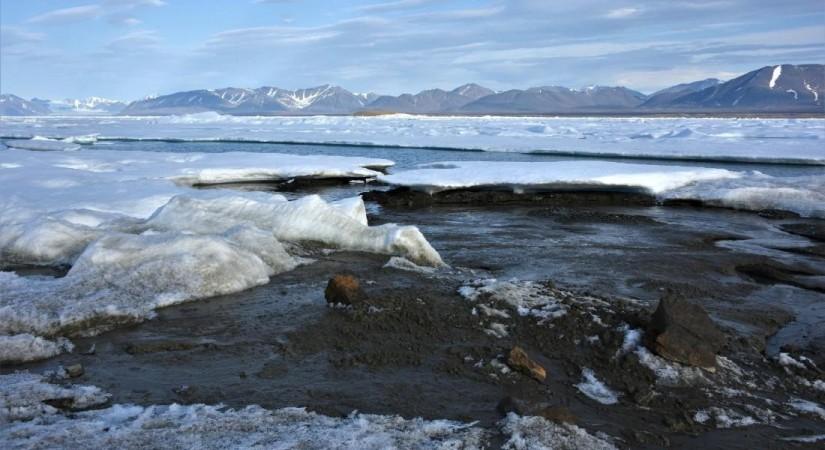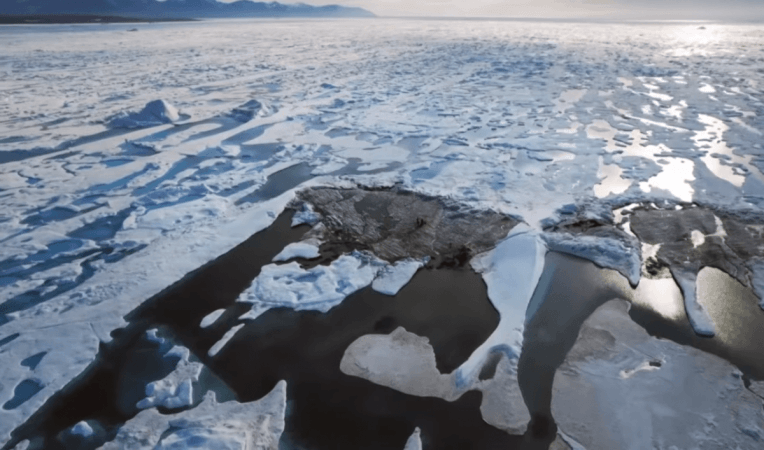The beauty of scientific expeditions is that sometimes one ends up finding something other than what they were looking for. This proved to be in the case of a team of Arctic researchers who accidentally discovered the new northernmost island in the world.
A group of scientists from the Leister Expedition Around North Greenland 2021, a Swiss-Danish scientific expedition, who believed that they were collecting samples on the island of Oodaaq—said to be the world's northernmost island—learnt that they were standing on a new island further north off the coast of Greenland. The expedition also included researchers from the University of Copenhagen.
"We were convinced that we were standing on Oodaaq Island, which until then had been registered as the world's northernmost island. But when I posted photos and the island's coordinates on social media, a number of American island hunters went crazy and said that it couldn't be true," averred Dr. Morten Rasch, expedition leader, in a statement.
Not Where They Thought They Were

The newly discovered island—which is yet to be named—is 780 meters north of Oodaaq (also known as Oodap Qeqertaa). Oodaaq is an island is off Cape Morris Jesup, the northernmost point of Greenland's landmass. It was first observed in 1978 by Danish geodesists and was considered one of the most northerly points of land on the planet. The team, which traveled to the site by helicopter, assumed that it was here that they were while collecting soil samples as a part of a major expedition.
"There were scientists who wanted earth samples... so we were just scraping with a spoon and putting [mud] into Ziploc bags, collecting stuff for scientific analysis afterwards to figure out what kind of island is Oodaaq island, because that was the one we believed we were on," said Martin Breum, a Danish journalist who accompanied the mission studying climate change in the Arctic, in an interview.
However, when 'island hunters'—hobbyist adventurers who look for unknown islands—began commenting on the social media post of the team, they decided to reach out to Dr. Rene Forsbergan, an expert at the Technical University of Denmark (DTU). "He [Forsbergan] said unequivocally—and he had no doubts — that [we] were on a new island, which is the northernmost island in the world presently," stated Breum.
New Northernmost Island

The unnamed island is 30-by-60 meters large and rises 3-4 meters above sea level. Dr. Rasch explained that the island is mostly composed of small mounds of seabed mud and moraine (soil and rock that glaciers leave behind). The researchers posit that the new landmass may have emerged as a result of a massive storm, which along with help from the sea, eventually put these materials together to form an island.
It is likely that the new island belongs to a category of islands known as "short-lived islets". Therefore, its permanence is uncertain. "No one knows how long it will remain. In principle, it could vanish as soon as a powerful new storm hits," noted Dr. Rasch.
Nevertheless, the finding extends the territory of Denmark; depending on how permanent the island might be. Stating that the GPS on their helicopter gave them their first hint of a new territory, Dr. Rasch said, "In fact, we had just discovered a new island further north, a discovery that ever so slightly expands the Kingdom."

















